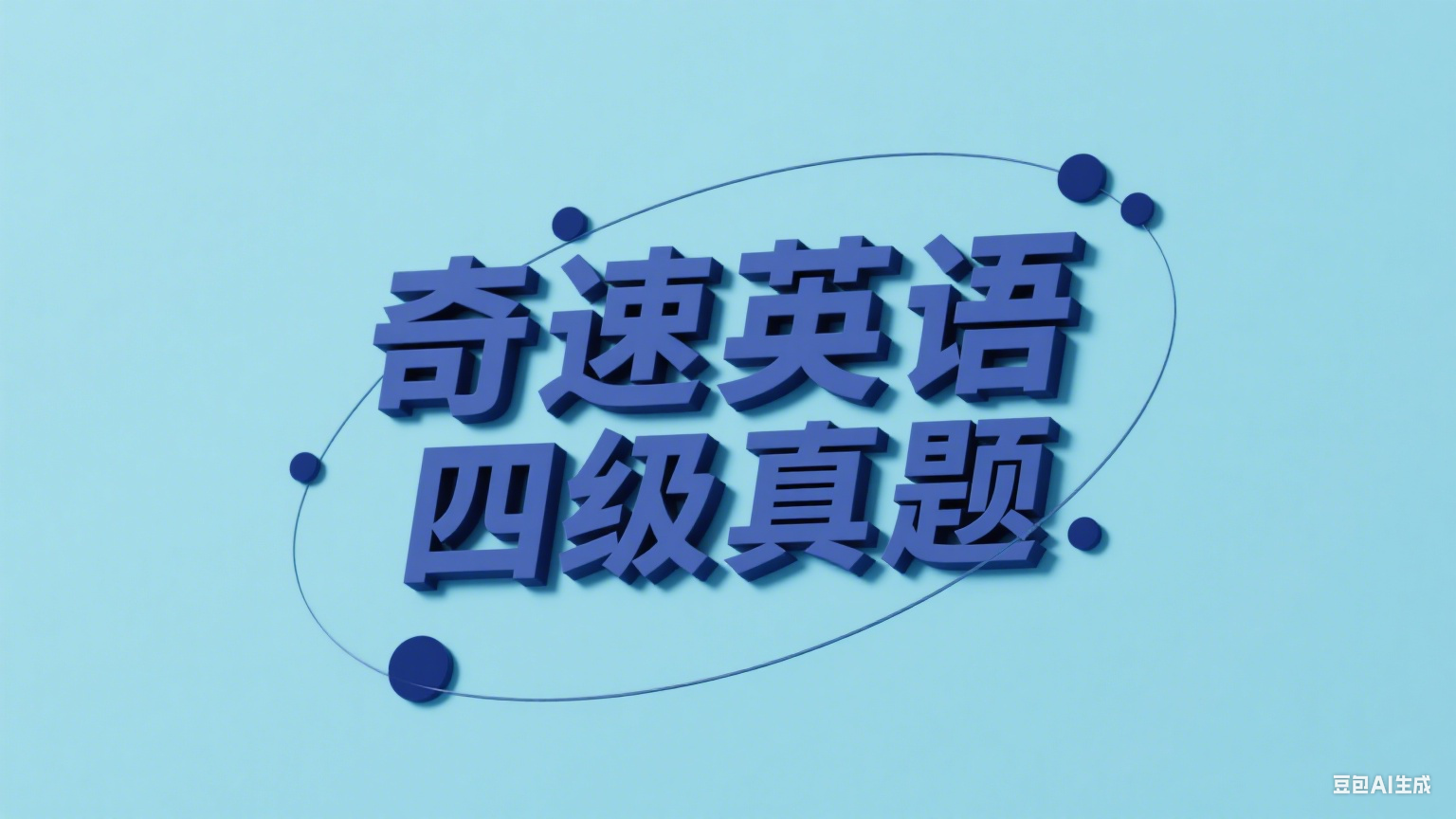
① Research in human-vehicle interaction has shown even systems designed to automate driving are far from being error-proof. Recent evidence points to drivers’ limited understanding of what these systems can and cannot do as a contributing factor to system misuse. A recent study tackles the issue of over-trusting drivers and the resulting system misuse from a legal viewpoint. It looks at what the manufacturers of self-driving cars should legally do to ensure that drivers understand how to use the vehicles appropriately.
1.1. What do we learn from research in human-vehicle interaction?
A Automatic driving systems are by no means immune to errors.
B Driverless vehicles are likely to be misused by some people.
C Self-driving car manufacturers are not aware of the legal matters involved.
D There is a long way to go before humans can interact with driverless vehicles.
解析:选A。A 细节理解题。第一段第一句指出,人车交互领域的研究表明,即使是设计用于自动驾驶的系统也远不能避免出错。由此可知,白动驾驶系统不能保证不会出错,故选项A正确。原文中并没有无人驾驶车辆被误用的表述,故排除B项。第一段提到了该研究着眼于自动驾驶汽车制造商在法律上应采取何种措施,但并未提及白动驾驶汽车制造商是否意识到其中涉及的法律问题,选项C与原文不符,故排除。文章的讨论是建立在人车可以交互的基础上,D项与此不符,故排除。
2.2. What is the problem with requiring buyers to sign end-user license agreements?
A End users, young and old alike, find the terms complex to interpret.
B Most end users sign them without bothering to read the terms.
C Many people are often confused by the wording of the terms.
D Most end users do not understand the terms after reading them through.
解析:选B。B 细节理解题。第二段最后三句指出,此外,大多数终端用户并不会去阅读终端用户许可协议。2017年的一项研究表明91%的人在没有阅读的情况下就同意了这些协议。在年轻人中,97%的人在未审阅条款的情况下就表示同意。由此可知,大多数终端用户都懒得阅读条款就签署了协议,故选项B正确。其他三项在原文中并未提及,故均排除。
3.3. What would drivers do when they suffer from “warning fatigue”?
A Waste no time keeping the car moving.
B Rest a while to avoid fatigue driving.
C Take no action despite repeated warnings.
D Take note of the message though fatigued.
解析:选C。C 细节理解题。第四段第二句提到,例如,驾驶员在连续收到警告后会感到恼火,可能会选择直接忽视该信息,即尽管他们反复收到警告,但不会采取任何行动,故选项C正确。其他三项在原文中并未提及,故均排除。
4.4. What does the author think of continuing to ask buyers to sign end-user license agreements?
A It will probably not guarantee the safety of drivers in case of accidents.
B It likely won’t ensure that the automatic driving system functions properly.
C It likely won’t fully protect automakers against accusations of deliberate cheating.
D It will probably not provide manufacturers adequate protection from legal responsibilities.
解析:选D。D 细节理解题。第四段最后一句指出,鉴于这些局限性和顾虑,即使这种获取同意的模式得以推进,也可能无法充分保护汽车制造商在系统出现故障或发生事故时免于承担法律责任。由此可知,继续要求购买者签署终端用户许可协议可能无法为制造商提供足够多免除法律责任的保护,故选项D正确。其他三项在原文中并未提及,故均排除。
5.5. What should be done to help drivers fully understand system capabilities and limitations?
A Training them to be experts in vehicle automation.
B Familiarizing them with the systems through training.
C Broadening their knowledge of accident-prevention mechanisms.
D Facilitating their access to the information provided by the seller.
解析:选B。B 细节理解题。根据题干关键词fully understand system capabilities and limitations可以将答案定位到最后一段第一句。该句指出,自动驾驶车辆的驾驶员培训有助于确保驾驶员充分了解系统的功能和局限性,即通过培训,可以帮助他们更加了解系统,故选项B正确。选项A和选项C在原文中并未提及,故排除。最后一段第三句提到,最近有证据表明,即使依靠卖方提供的信息也无法回答许多问题,因此为驾驶员获取卖方提供的信息提供便利可以帮助他们充分了解系统的功能和局限性的说法是不准确的,故D项可排除。